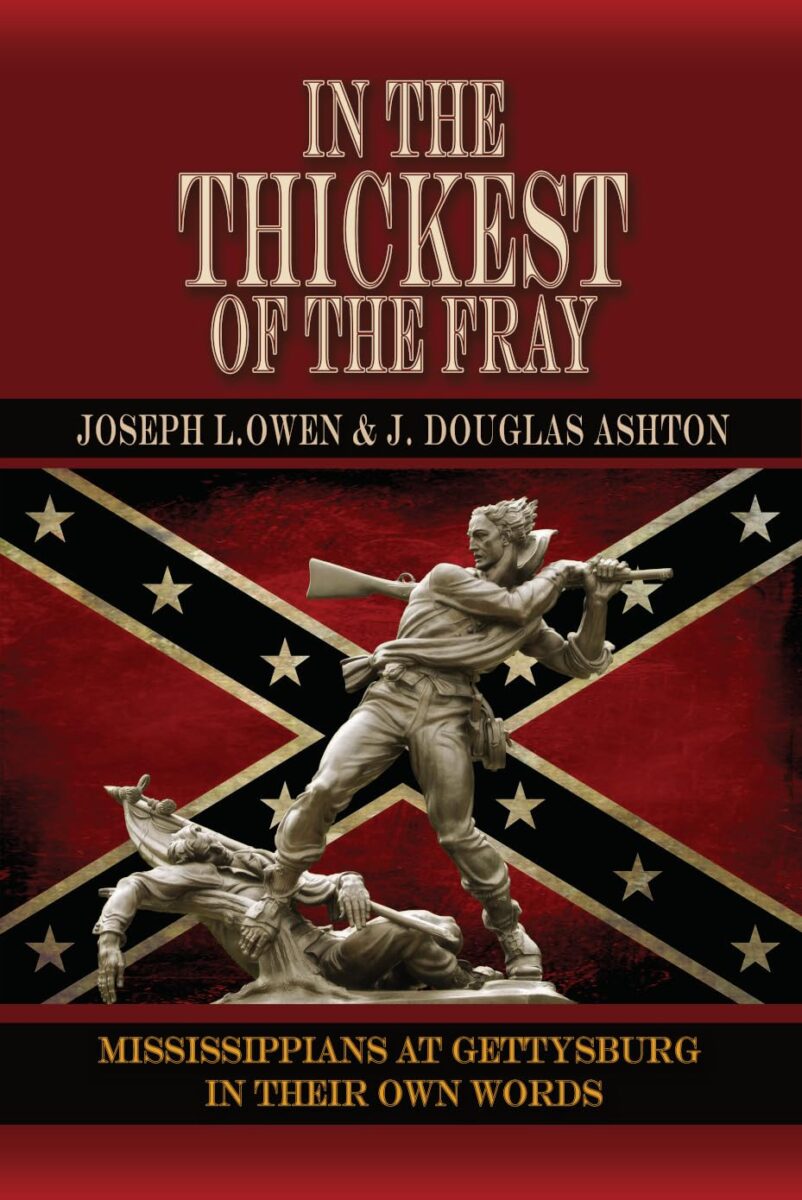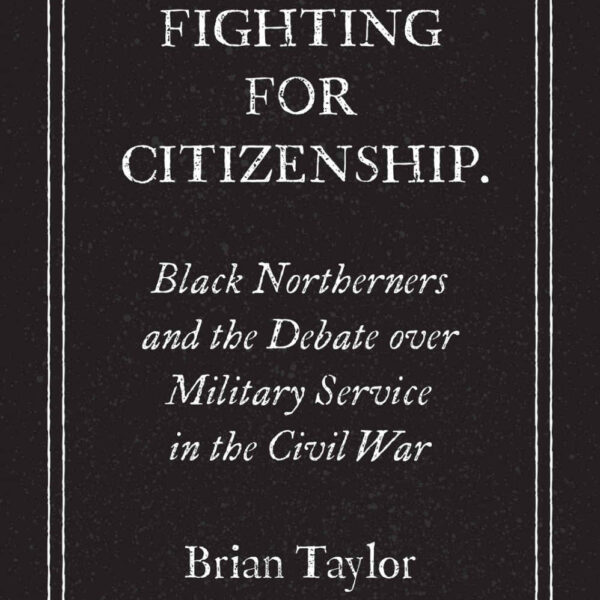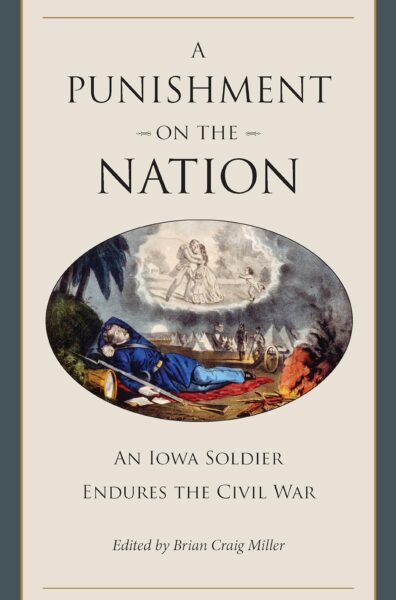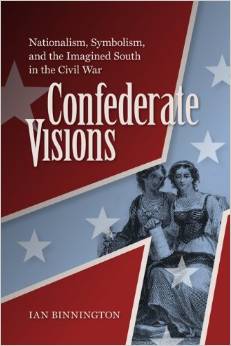Recent scholars have done much to recover the Civil War as a lived experience. Joseph L. Owen’s and J. Douglas Ashton’s new work, In The Thickest of the Fray, continues this trend by compiling primary source materials that recreate the battle of Gettysburg through the eyes of the Mississippians who fought there.
In this jointly-authored work, Owen and Ashton state that “arguably no Southern state contributed more to the Confederacy on a per capita basis—nor suffered greater economic loss—than Mississippi” (vii). Mississippi supplied some 85,000 officers and men to fight for the Confederate cause—a remarkable 24 percent of the state’s free white population (241). Of these men, nearly 27,000 Mississippians perished in the conflict. While Mississippians served in every major theater of operations, only 16,000 soldiers from the Magnolia State saw service in Virginia. Despite their thin numbers, Mississippi troops found the thick of the killing that took place the first three days of July 1863.
To construct a Mississippi view of the Gettysburg campaign, Owen and Ashton focus on the three Mississippi brigades that accompanied Lee north of the Potomac: those commanded by William Barksdale, Joseph Davis, and Carnot Posey. Each brigade was stocked with troops hailing from across the state—men with varying degrees of combat experience.
The authors focus each of their six chapters on a different phase of the campaign and its aftermath. To open each chapter, the authors supply a brief narrative overview of the military action. Their commentary on the battle is short, serving merely as a guide for the reader.
The bulk of the book presents the personal accounts of troops who experienced the campaign. Mining letters, newspaper articles, the Confederate Veteran, diaries, and other correspondence, the authors rely on the soldiers to tell their own stories and thrust the reader into the action. Many of the letters and private correspondence are published here for the first time. By drawing on this rich trove of sources, the authors ably demonstrate that even in defeat, Mississippi soldiers were far from demoralized.
Mississippians, who saw action in the opening movements of the battle at Gettysburg, were also present in the final actions of the campaign at Falling Waters. The authors include ample documents from Magnolia State soldiers who joined Lee’s retreat; however, they fail to discuss postwar reunions or the topic of Civil War memory. While some of the soldiers’ accounts address these issues, commentary from the authors would help to clarify how Mississippians choose to remember the role they played at Gettysburg.
These omissions aside, In the Thickest of the Fray proves an intriguing approach and welcome addition to Gettysburg campaign historiography. By focusing on the contributions of soldiers from one state, the authors offer a unique perspective and rich archive of voices, old and new.
Riley Sullivan teaches history at San Jacinto College. This fall, he will begin his doctoral work in the Department of History at the University of Houston.





